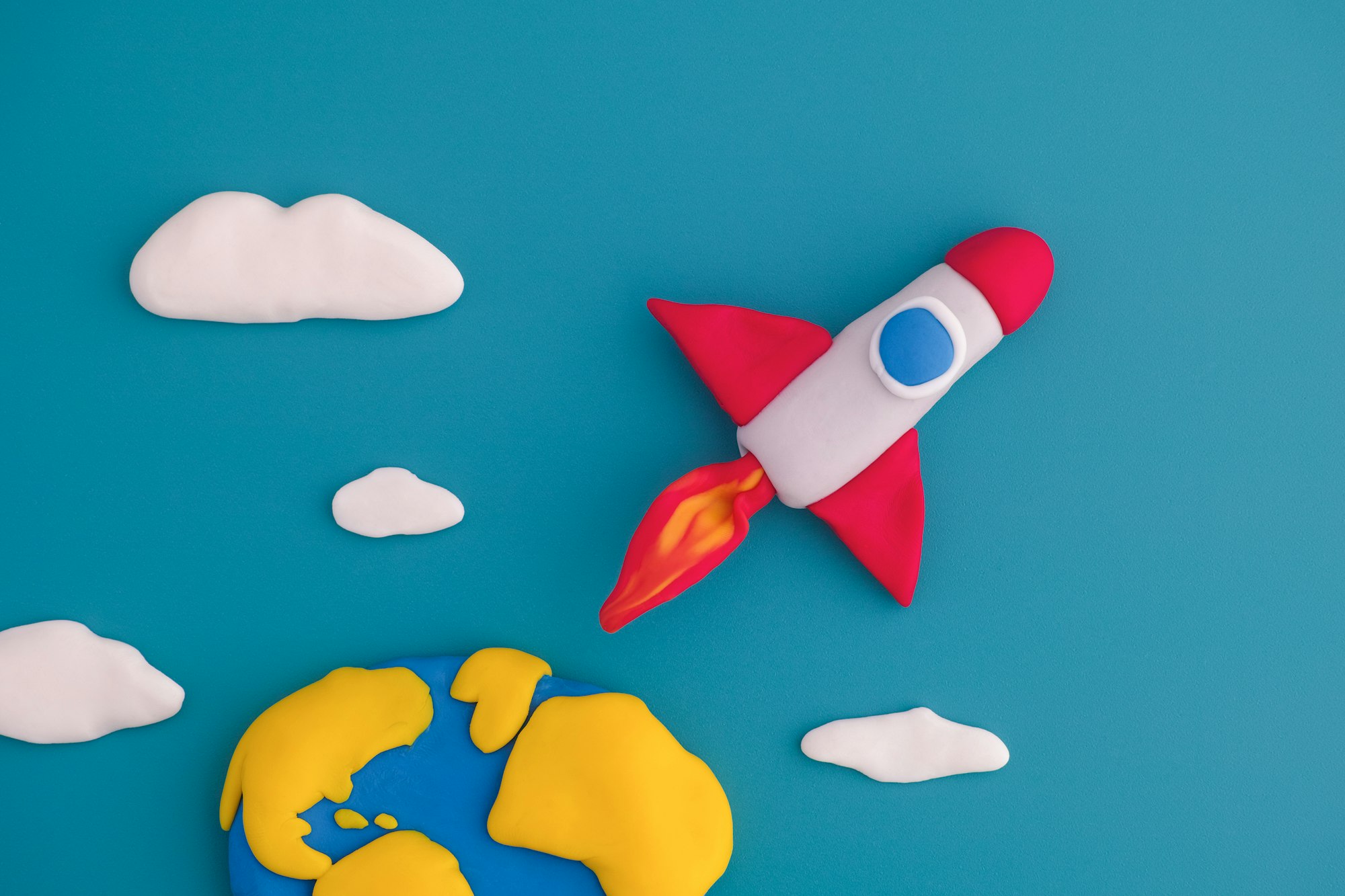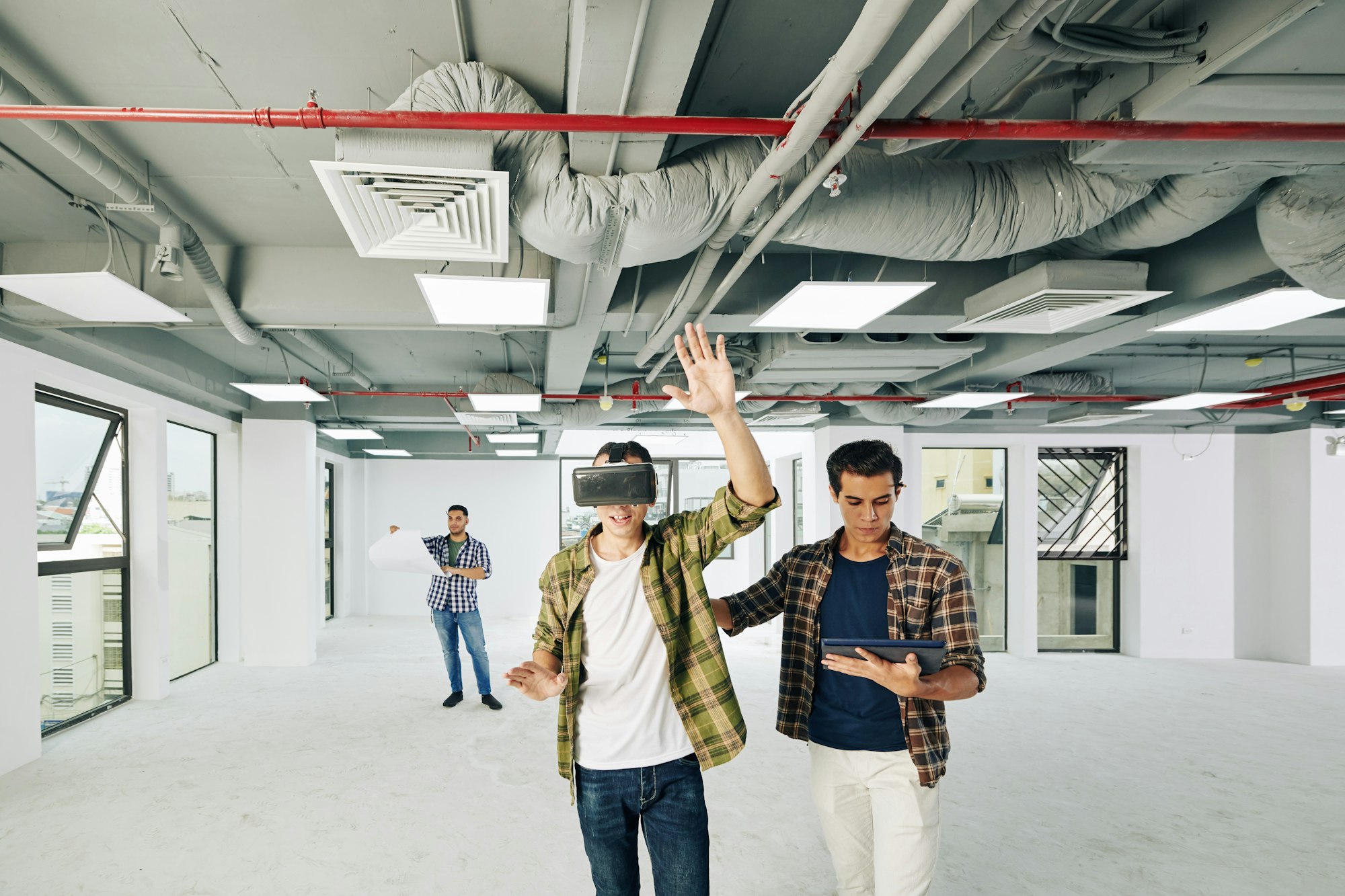Space technology has always captured human imagination, inspiring countless dreams of exploring the cosmos. In recent years, significant advancements have brought us closer than ever to realizing these dreams. From new space missions and advanced spacecraft to the burgeoning industry of space tourism, the future of space exploration is incredibly exciting. Let’s dive into the latest advances in space tech and how they are revolutionizing space exploration and tourism.
1. The Evolution of Space Exploration
1.1 Robotic Missions and Probes
Robotic missions continue to play a crucial role in space exploration. NASA’s Perseverance rover, which landed on Mars in 2021, is a prime example. Equipped with advanced instruments, it is conducting detailed analyses of the Martian surface to search for signs of past life and collect samples for future return missions. Similarly, the European Space Agency’s (ESA) ExoMars mission aims to investigate the Martian environment and understand its history.
1.2 Human Spaceflight
Human spaceflight is entering a new era with missions like NASA’s Artemis program, which aims to return humans to the Moon by the mid-2020s and establish a sustainable presence. This program will serve as a stepping stone for future missions to Mars. Additionally, private companies like SpaceX and Blue Origin are developing crewed missions to further expand human presence in space.
1.3 International Collaboration
Space exploration is increasingly becoming a collaborative effort. The International Space Station (ISS) is a testament to what international cooperation can achieve, with contributions from NASA, Roscosmos, ESA, JAXA, and CSA. Future projects like the Lunar Gateway, a space station intended to orbit the Moon, will involve multiple countries and agencies working together.
2. Spacecraft and Technologies
2.1 Reusable Rockets
Reusable rocket technology is revolutionizing space travel by significantly reducing costs. SpaceX’s Falcon 9 and Falcon Heavy rockets are leading the charge, with multiple successful landings and re-flights. Blue Origin’s New Shepard is another reusable suborbital rocket designed for space tourism and scientific research.
2.2 Advanced Propulsion Systems
Innovations in propulsion systems are paving the way for faster and more efficient space travel. The development of ion thrusters, such as NASA’s NEXT (NASA’s Evolutionary Xenon Thruster), offers more efficient propulsion for long-duration missions. Additionally, research into nuclear thermal propulsion promises to cut travel time to Mars by half compared to conventional chemical rockets.
2.3 Autonomous Navigation and AI
Artificial intelligence (AI) and autonomous navigation systems are enhancing spacecraft capabilities. AI-powered systems can make real-time decisions, improving mission safety and efficiency. Autonomous navigation technologies, like those used by the Mars rovers, allow spacecraft to navigate and operate with minimal human intervention.
3. Space Tourism: The New Frontier
3.1 Commercial Spaceflights
Space tourism is no longer a distant dream but a rapidly growing industry. Companies like SpaceX, Blue Origin, and Virgin Galactic are leading the way in offering commercial spaceflights. SpaceX’s Crew Dragon, Blue Origin’s New Shepard, and Virgin Galactic’s SpaceShipTwo are designed to take paying customers on suborbital and orbital flights, providing a unique and exhilarating experience.
3.2 Space Hotels
The concept of space hotels is becoming a reality with companies like Orbital Assembly Corporation and Bigelow Aerospace working on space habitats. These hotels aim to offer tourists the experience of living in space, complete with stunning views of Earth and the opportunity to participate in scientific experiments.
3.3 Training for Space Tourists
Preparing for space travel requires rigorous training. Space tourism companies are developing training programs to ensure that customers are physically and mentally prepared for the journey. This training includes simulations of launch and re-entry, microgravity experiences, and emergency procedures.
4. Challenges and Future Prospects
4.1 Regulatory and Safety Issues
As space tourism grows, regulatory and safety issues become paramount. Ensuring the safety of passengers is a top priority, and space tourism companies must adhere to strict guidelines and regulations. International cooperation will be essential to establish standardized regulations and ensure the safe and sustainable growth of the industry.
4.2 Environmental Concerns
The environmental impact of increased space travel is a growing concern. Rocket launches produce greenhouse gases and other pollutants that can harm the atmosphere. Developing eco-friendly propulsion technologies and minimizing space debris will be crucial to addressing these environmental challenges.
4.3 Sustainable Space Exploration
Sustainability is key to the future of space exploration. In-situ resource utilization (ISRU), which involves using local resources on the Moon or Mars to produce water, oxygen, and building materials, will be essential for long-term missions. Additionally, advancing recycling technologies for waste management will help ensure that space missions are sustainable.
5. The Future of Space Exploration
5.1 Colonizing Mars and Beyond
Mars colonization is a long-term goal for both NASA and private companies like SpaceX. Establishing a human presence on Mars will require significant advancements in technology, infrastructure, and life support systems. The insights gained from lunar missions and space station operations will be invaluable in achieving this goal.
5.2 Interstellar Travel
While interstellar travel remains a distant dream, research into advanced propulsion technologies, such as antimatter engines and warp drives, continues. Breakthroughs in these areas could one day enable humanity to explore beyond our solar system and discover new worlds.
5.3 Space Economy
The development of a space economy, including asteroid mining and space manufacturing, has the potential to revolutionize industries on Earth. Accessing the vast resources of space could provide materials and energy to support growing populations and drive technological innovation.
Conclusion
The latest advances in space technology are opening up new possibilities for exploration and tourism. From robotic missions and reusable rockets to commercial spaceflights and space hotels, the future of space travel is incredibly promising. However, with these advancements come challenges that must be addressed, including regulatory issues, environmental concerns, and the need for sustainable practices. As we continue to push the boundaries of what is possible, the dream of exploring and living in space becomes ever more attainable. Embracing these technological innovations will pave the way for a new era of discovery, adventure, and economic growth in the final frontier.







